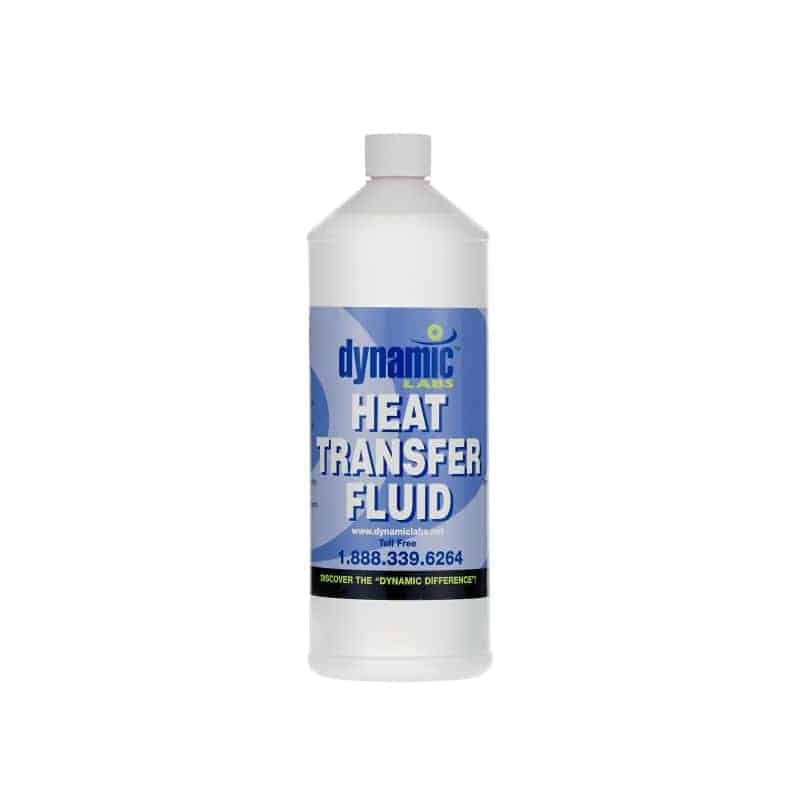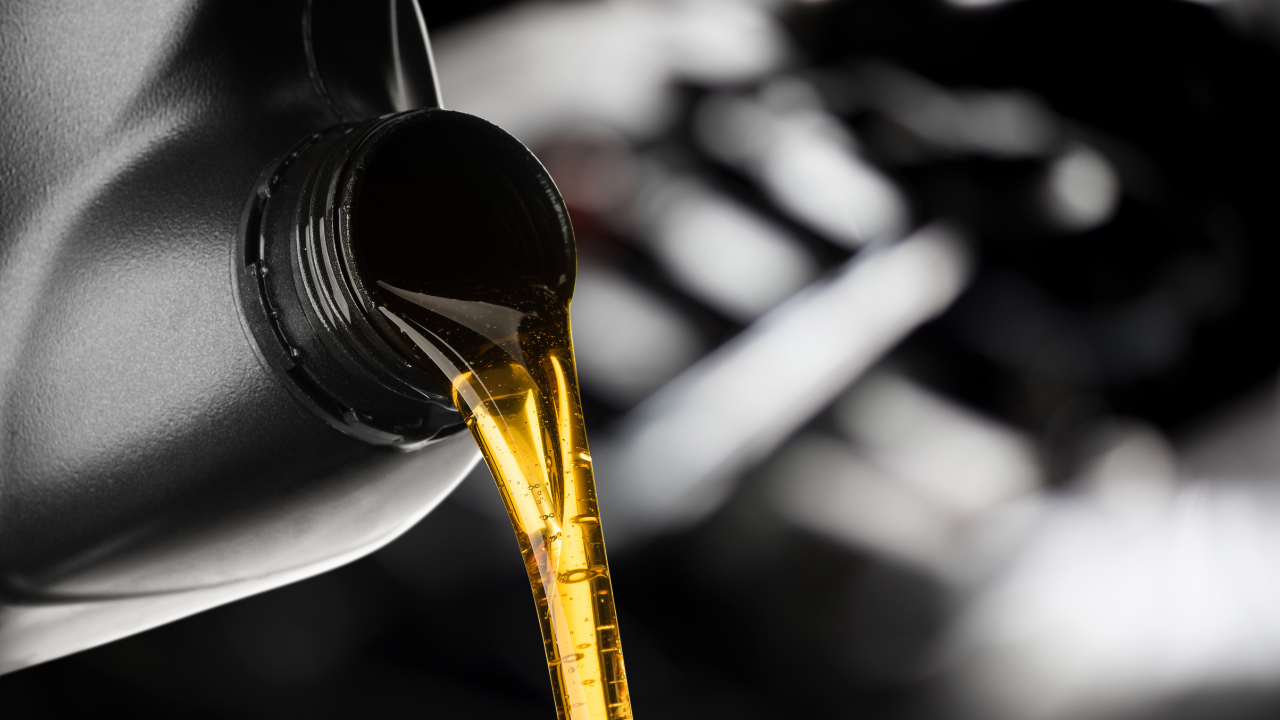The Importance of Thermal Oil in Heat Transfer Systems
Optimize Your System's Lifespan With the Right Heat Transfer Fluid
Selecting the ideal heat transfer fluid is vital for maximizing system performance and longevity. The ideal liquid not only improves thermal performance but also reduces prospective damage on critical components such as pumps and warm exchangers - dielectric cooling fluid. Understanding the different kinds of warm transfer liquids and the details needs of your application can significantly influence the total wellness of your system. Numerous ignore vital factors that can make a significant distinction. What factors to consider might you be missing out on that could eventually affect your system's efficiency?
Value of Heat Transfer Fluids

In addition, warmth transfer liquids add to the safety and security and integrity of thermal systems. In addition, the appropriate warmth transfer liquid can supply defense versus rust and scaling, additional prolonging the lifespan of machinery and infrastructure.
Kinds Of Heat Transfer Fluids
Numerous kinds of warm transfer fluids are commonly utilized in industrial applications, each customized to certain operational needs and temperature level varieties. The most prevalent categories include water, oils, and specialized artificial liquids.
Water is commonly utilized because of its excellent thermal conductivity and availability; nonetheless, its restrictions occur at heats and potential cold problems. For higher temperature level applications, thermal oils, such as mineral oils or natural compounds, are used. These oils supply exceptional thermal stability and can run successfully at elevated temperature levels, making them appropriate for processes like food handling and petrochemical production.
Artificial liquids, which can be either not natural or organic, are created to meet details performance standards. They usually show enhanced residential or commercial properties such as reduced toxicity, vast temperature arrays, and resistance to oxidation. Examples consist of glycols and esters, which are perfect for specialized applications like solar thermal systems and warmth exchangers.
Additionally, cooling agents are utilized in cooling down systems, leveraging their phase modification properties to take in and launch heat effectively. Each type of warm transfer liquid presents unique benefits and is selected based on the certain needs of the application, making sure optimal performance and system durability.
Factors to Think About When Picking
Selecting the suitable warmth transfer liquid entails careful consideration of a number of factors to guarantee optimal efficiency and system effectiveness. Among the key factors is the temperature variety required for the system. Fluids differ in their thermal security and can decay or lose effectiveness outside certain temperature level limits.
Another crucial consideration is the fluid's viscosity, as it influences pump efficiency and power intake. A liquid that is also thick may hinder circulation and rise functional expenses. Furthermore, the fluid's specific heat ability plays an essential duty in figuring out exactly how efficiently it can transfer warmth.
Chemical compatibility with system products is likewise necessary to stop rust, degradation, or leakages - dielectric cooling fluid. Making sure that the chosen liquid is suitable site with the building and construction materials can prolong the life-span of the system

Benefits of Appropriate Fluid Selection
Proper choice of a warmth transfer liquid yields considerable benefits for system performance and reliability. The best liquid boosts thermal conductivity, guaranteeing optimum heat transfer prices within the system. This effectiveness reduces power intake, resulting in lower operational expenses and a reduced environmental footprint.
Additionally, proper liquid option adds to system long life by preventing rust and destruction of parts. Liquids created with deterioration preventions protect steel surface areas, therefore expanding the lifespan of pumps, pipes, and heat exchangers. Additionally, selecting a fluid with ideal thickness makes certain reliable blood circulation, which is critical for keeping consistent temperature level circulation throughout the system.
An additional crucial benefit is the fluid's thermal stability. A secure warmth transfer liquid can operate over a broad temperature range without damaging down or shedding effectiveness, which is vital for systems subjected to varying thermal conditions. In addition, the appropriate liquid can likewise reduce risks related to cold or boiling, thus avoiding functional disturbances.
Maintenance Tips for Longevity
Making sure the durability of a warmth transfer system needs persistent upkeep methods that enhance the benefits of proper liquid choice. Normal assessments are vital to identify prospective leakages, rust, or debris build-up that can endanger system effectiveness. Develop a routine timetable to assess pipeline honesty, connections, and installations, as these areas anchor are commonly prone to tear and use.

Keeping an eye on liquid degrees and top quality is just as crucial. Frequently look for signs of contamination, such as staining or particulate issue, which can show destruction of the warmth transfer liquid. Implementing periodic liquid evaluation can give insights right into its chemical homes, enabling for timely replacements when required.
Additionally, maintaining optimal operating temperature levels is vital. Encourage making use of temperature level controls and sensing units to prevent overheating, which can accelerate fluid destruction and damages system elements.
Finally, always abide by the manufacturer's standards pertaining to liquid replacement intervals and upkeep procedures. By committing to these best techniques, you can considerably boost the operational lifespan of your warmth transfer system, making certain trustworthy performance and reducing the demand for premature substitutes or costly repairs.
Verdict
In final thought, the selection of a proper warm transfer liquid is critical for improving system efficiency and long life. By comprehending the numerous sorts of liquids and thinking about key aspects such as thermal conductivity and corrosion resistance, optimal efficiency can be achieved. continue reading this Furthermore, regular upkeep and inspections play a crucial role in sustaining operating problems. Prioritizing these aspects makes sure the extended life expectancy of important elements, ultimately contributing to an extra efficient and reputable system.
Warm transfer liquids play a vital duty in various industrial and industrial applications by assisting in the reliable transfer of warmth in between surface areas.Moreover, heat transfer fluids add to the safety and reliability of thermal systems. Furthermore, the fluid's particular warm capability plays a crucial function in establishing just how properly it can transfer warm.
The ideal fluid improves thermal conductivity, making sure ideal warm transfer rates within the system. A stable heat transfer fluid can run over a vast temperature level array without damaging down or shedding effectiveness, which is necessary for systems revealed to changing thermal conditions.